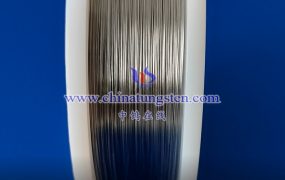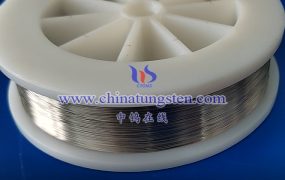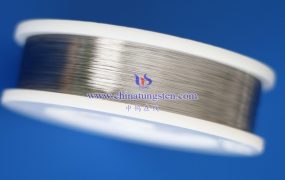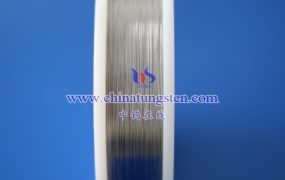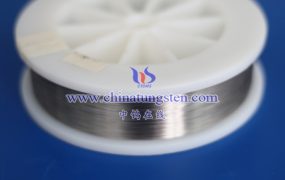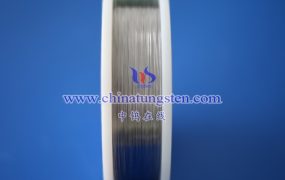Black tungsten wire combines the advantages of tungsten’s high melting point, low vapor pressure, high strength, and chemical inertness, making it an ideal material for high-temperature, high-vacuum applications.
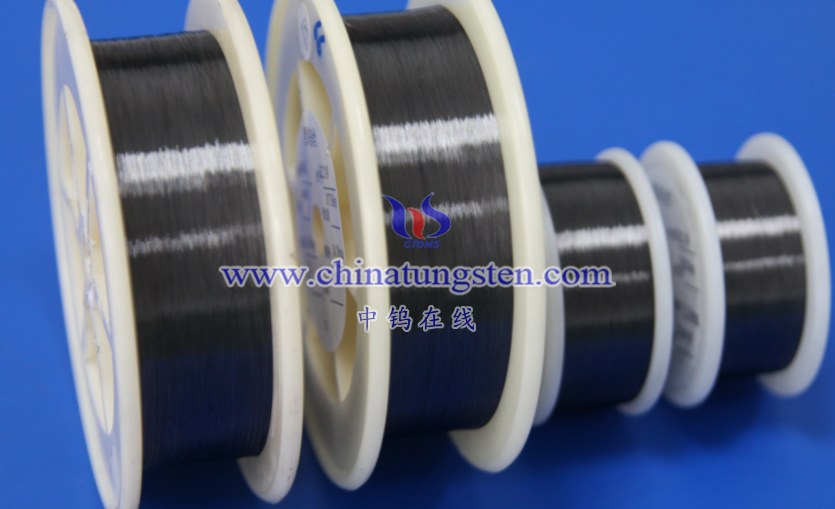
- High Melting Point and Thermal Stability
- Characteristics: Tungsten’s melting point of 3422°C is the highest among all metals. In a vacuum environment, the absence of oxygen or other combustion-supporting substances allows black tungsten wire to withstand extremely high temperatures without melting or severe oxidation, making it suitable as a high-temperature heat source (e.g., light bulb filaments, electron tube heaters).
- Significance: The vacuum eliminates oxidation and corrosion risks, enabling black tungsten wire to operate stably at temperatures close to its melting point, far exceeding its limit in air (approximately 2500°C, where severe oxidation occurs).
- Low Vapor Pressure and Vacuum Compatibility
- Characteristics: Tungsten has an extremely low vapor pressure at high temperatures, particularly in a vacuum, with a significantly lower evaporation rate compared to other metals (e.g., copper, iron). This ensures black tungsten wire maintains structural integrity over extended periods.
- Significance: Low vapor pressure reduces the risk of metal contamination in vacuum systems, making it suitable for high-purity applications (e.g., semiconductor manufacturing, high-energy physics experiments).
- Electrical Resistance and Temperature Dependence
- Characteristics: Tungsten’s resistivity increases significantly with temperature (positive temperature coefficient). In a vacuum, the resistance-temperature relationship of black tungsten wire is more stable due to the absence of an oxide layer interfering with current distribution.
- Applications: Precise current control enables temperature regulation of black tungsten wire, suitable for instruments requiring accurate temperature control (e.g., thermocouples, infrared heaters).
- Mechanical Strength and Creep Resistance
- Characteristics: Tungsten retains high mechanical strength at elevated temperatures and exhibits excellent creep resistance (i.e., minimal slow plastic deformation under high temperatures). In a vacuum, black tungsten wire can withstand mechanical stresses (e.g., vibration, tension) without fracturing easily.
- Significance: Suitable for applications requiring simultaneous high-temperature and mechanical load endurance (e.g., spacecraft propulsion systems, nuclear reactor components).
- Chemical Inertness and Compatibility
- Characteristics: In a vacuum, tungsten is nearly unreactive with residual gases (e.g., hydrogen, nitrogen), exhibiting high chemical stability. The surface condition of black tungsten wire (e.g., oxide layer) may further enhance its corrosion resistance.
- Significance: Ideal for applications involving contact with reactive materials (e.g., vacuum coating, electron beam evaporation sources), preventing contamination or reactions.
- Thermal Expansion and Thermal Stress
- Characteristics: Tungsten’s low thermal expansion coefficient (approximately 4.5×10⁻⁶/°C) results in minimal thermal stress during rapid heating/cooling in a vacuum, reducing the risk of cracking due to thermal shock.
- Applications: Suitable for high-temperature equipment with frequent start-stop cycles (e.g., vacuum furnaces, flash lamps).
Typical Application Scenarios
- Lighting: Vacuum light bulb filaments (early incandescent lamps), electron tube cathodes.
- Heating: Vacuum furnace heating elements, infrared heaters.
- Electronics: Electron beam welding filaments, X-ray tube target support structures.
- Research: High-temperature standard thermometers, thermocouple protective sleeves.
More details of tungsten wire, please visit website: http://www.tungsten-wire.com.cn/
Please contact CHINATUNGSTEN for inquiry and order of tungsten wire:
Email: sales@chinatungsten.com
Tel.: +86 592 5129595
